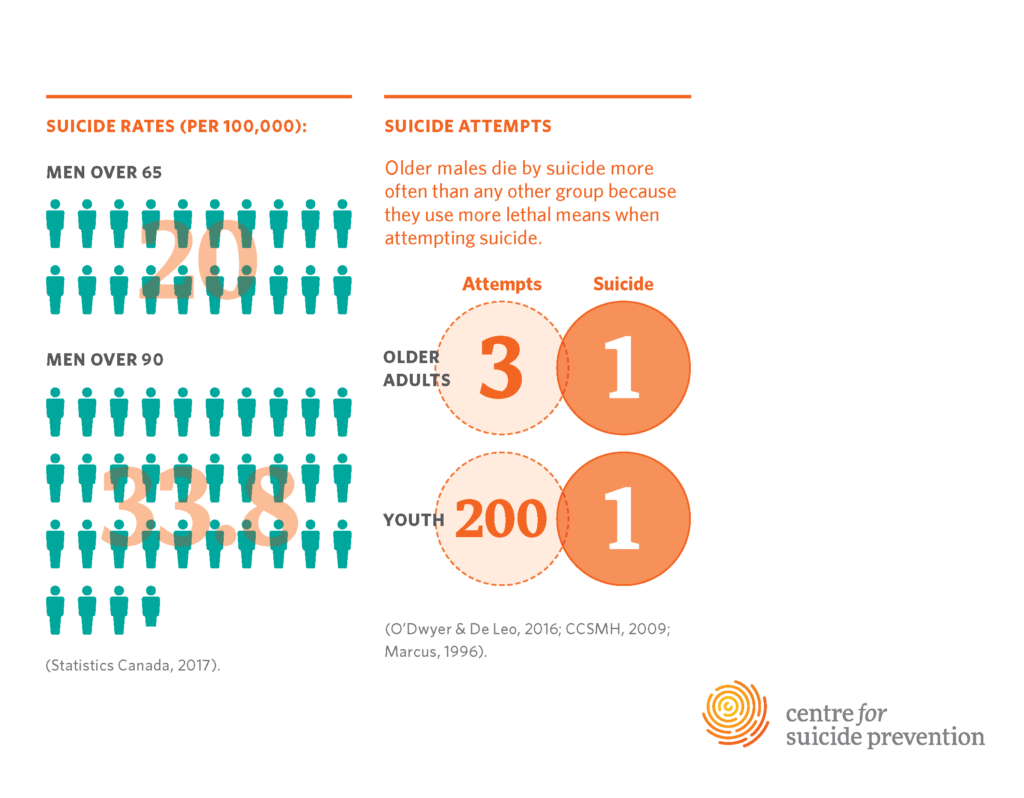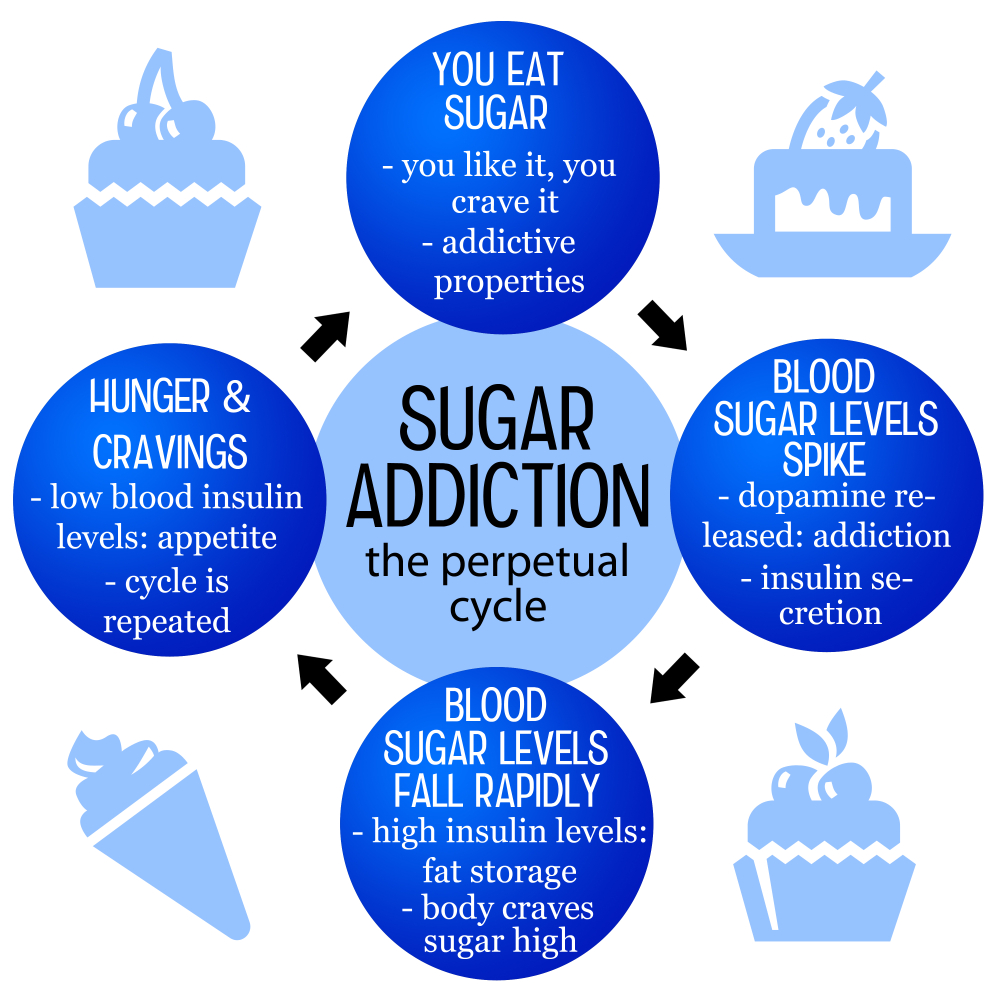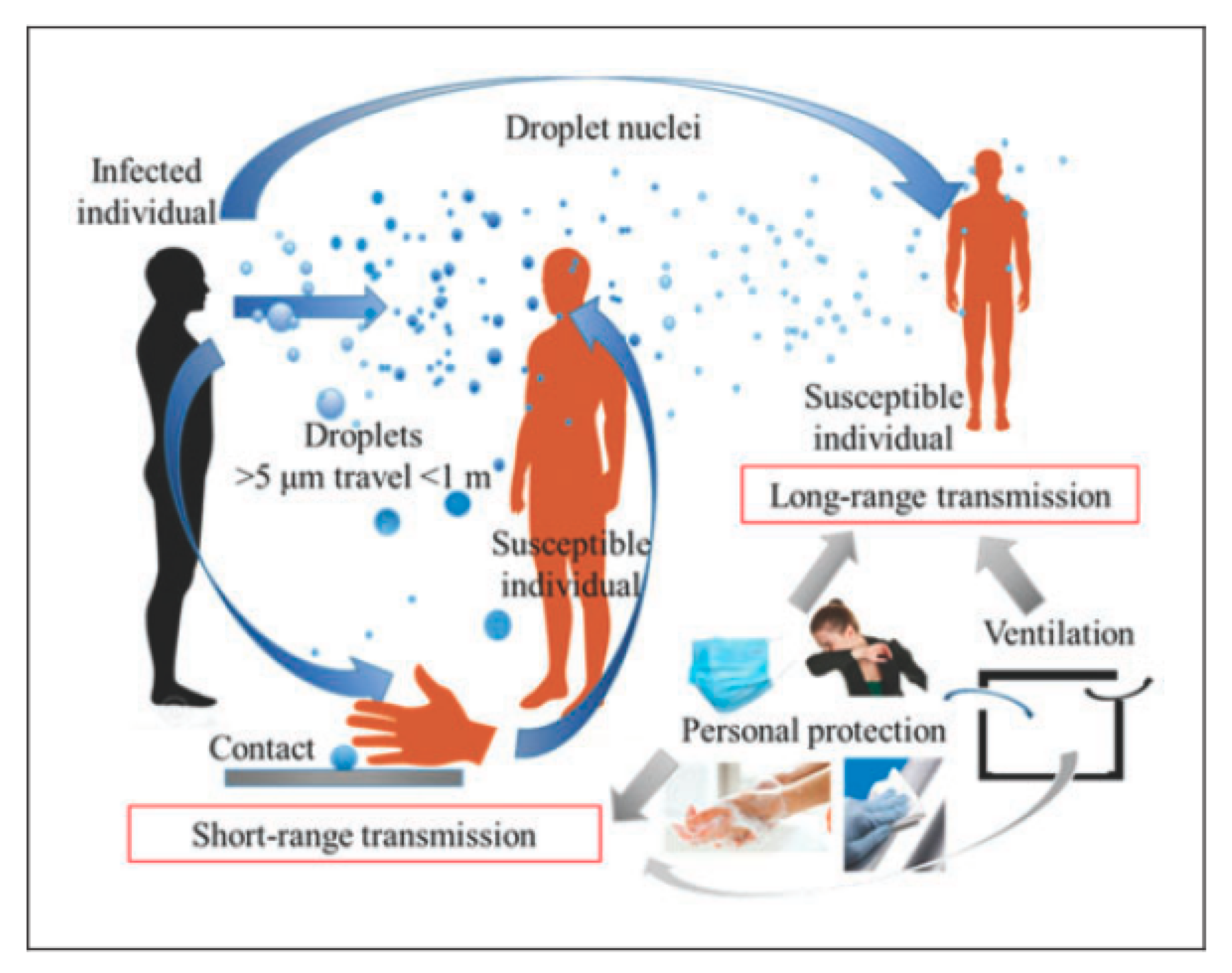Suicide prevention for older adults is an increasingly urgent concern as this demographic faces the highest rates of suicide among all age groups. Research indicates that adults aged 75 and older have particularly alarming suicide statistics, reflecting a crisis that demands attention. Despite the growing acknowledgment of these challenges, most mental health resources for seniors remain difficult to access, especially online. This gap underscores the pressing need for targeted suicide prevention campaigns that cater specifically to the unique healthcare and emotional needs of older adults. Understanding the factors that contribute to these distressing elderly suicide rates is crucial as we work towards fostering a supportive environment where older adults can find the help and information they need.
The issue of suicide among seniors highlights the critical need for specialized intervention strategies. As the population ages, understanding the intersection of aging and mental health becomes paramount, particularly given the increasing prevalence of loneliness and social isolation among older individuals. With rising elderly suicide statistics, it’s essential to explore alternative approaches in mental health services that resonate with this age group. Dedicated suicide prevention campaigns tailored for seniors can provide a valuable support system, ensuring that vital mental health resources for seniors are not just available, but easily accessible. By identifying and addressing the specific challenges faced by older adults, we can significantly improve their mental well-being and decrease the risk of suicide.
Understanding the High Suicide Rates Among Older Adults
Suicide rates among older adults have emerged as a critical public health concern, particularly for individuals aged 75 and over. According to the Centers for Disease Control and Prevention (CDC), this demographic suffers from a staggering rate of 20.3 suicides per 100,000 individuals, demonstrating an alarming trend that diverges from younger age groups. As social isolation and loneliness become prevalent concerns for many seniors, it is essential to recognize the multitude of underlying factors contributing to these concerning statistics, including mental health issues that often go unaddressed.
Moreover, this issue is exacerbated by an evident lack of mental health resources specifically tailored for older adults seeking help. Despite numerous high-risk indicators, the current mental health initiatives tend to overlook this aging population. Comprehensive suicide prevention strategies must be developed to empower older adults with the necessary support and resources to address their emotional and psychological needs, thereby reducing the high suicide rates observed in this age group.
The Need for Targeted Suicide Prevention Campaigns
Given the growing concern surrounding elder suicide rates, having targeted suicide prevention campaigns is more critical than ever. Public awareness campaigns have historically shown effectiveness in reducing suicide rates, yet older adults remain significantly underserved in this area. The study from McLean Hospital underscores the need for organizations to rethink their outreach strategies, specifically targeting the unique vulnerabilities of older adults and ensuring that these initiatives are accessible through platforms frequented by seniors.
A tailored approach in campaign messaging could address the stigma often associated with mental health among older adults, fostering an environment that encourages individuals to seek help. By utilizing resources that resonate with their experiences and challenges, such as those related to aging and mental health, we can increase the likelihood that older adults will reach out and access the support they need, ultimately leading to more effective suicide prevention efforts.
Improving Access to Mental Health Resources for Seniors
One of the most significant barriers to mental health for older adults is the accessibility of resources specifically designed for them. Many seniors are turning to the internet to seek help, yet the research indicates that they encounter few resources targeted towards their needs. This discrepancy highlights the urgent need for organizations to create user-friendly online platforms that guide older adults to appropriate mental health resources and suicide prevention assistance.
Facilitating access is not just about having information available but ensuring it is presented in a manner that is straightforward and navigable for older users. Initiatives that provide straightforward resources, helpline information, and counseling options can bridge the gap, empowering seniors to receive the help they require and ultimately lowering suicide rates within this vulnerable population.
Social Isolation: A Key Factor in Elderly Suicide Statistics
Social isolation is widely recognized as a significant risk factor contributing to high suicide rates among older adults. The loss of spouses, limited social networks, and declining mobility can leave older individuals feeling disconnected from others, escalating feelings of loneliness and despair. This isolation makes it imperative for communities and support organizations to foster social connections and combat loneliness through programs that encourage interaction and engagement among seniors.
Creating supportive communities where older adults can connect with peers, participate in social activities, and interact with younger generations can help alleviate loneliness and improve mental health. By addressing the social dimensions of suicidal ideation, communities can take proactive steps to lower elderly suicide statistics and promote overall well-being among older adults.
Creating Age-Appropriate Resources for Suicide Prevention
To effectively combat the high suicide rates among older adults, it is crucial to develop age-appropriate resources that resonate with their unique experiences. Many existing resources may inadvertently alienate older individuals due to language, cultural references, or digital accessibility issues. Research indicates that tailored materials, which consider the specific life circumstances and health challenges of aging populations, can significantly enhance the effectiveness of outreach efforts.
Organizations must prioritize the creation of educational content and mental health resources that cater specifically to older adults. This includes practical information regarding coping strategies, access to helplines, and community support networks, all designed in easy-to-understand formats. By fostering a sense of belonging and understanding through these tailored materials, older adults may feel more inclined to utilize mental health resources and seek assistance before reaching crisis points.
The Role of Family and Caregivers in Suicide Prevention
Family members and caregivers play a critical role in the mental health of older adults, particularly in suicide prevention strategies. As trusted individuals, they can facilitate open conversations about mental health and express concern over behavioral changes that could indicate suicidal thoughts. Educating families on the signs of mental health decline and equipping them with resources for intervention can create a supportive environment that encourages older adults to seek help.
Moreover, caregivers themselves can suffer from burnout and stress, necessitating support for them to remain effective advocates for the elderly. By ensuring that both families and caregivers are equipped with knowledge about mental health resources and suicide prevention strategies, we can create a comprehensive support system that protects older adults from the risk of suicide.
Addressing Mental Health Stigma Among Seniors
Addressing the mental health stigma prevalent among older adults is a crucial step towards lowering suicide rates in this demographic. Many seniors believe that discussing mental health struggles is a sign of weakness or that they are burdensome to their families. This mindset can prevent them from seeking necessary help when they need it most. Public campaigns that normalize conversations around mental health and promote seeking help can challenge societal perceptions and empower older adults to prioritize their mental health.
Educational initiatives should focus on providing older adults with information regarding the commonality of mental health issues and the value of seeking support. By reframing the narrative surrounding mental health, we can foster an atmosphere where seniors feel accepted and understood, ultimately reducing barriers to accessing mental health resources and encouraging those in distress to reach out for help.
The Importance of Research in Late-Life Suicide Prevention
Ongoing research is essential to effectively address late-life suicide prevention. The current lack of comprehensive studies focusing specifically on the mental health needs of older adults underscores the importance of targeted funding and support for this area. Researchers, like those at McLean Hospital, highlight the need for studies that explore the unique challenges faced by seniors, including the impacts of physical health, social isolation, and accessibility to care, on mental health outcomes.
Increased investment in relevant research can lead to better-informed strategies that address the root causes of elder suicide. By understanding the complexities of aging and its relation to mental health, policymakers and organizations can design evidence-based interventions that make a significant difference in the lives of older adults, reducing the incidence of suicide in this vulnerable population.
Community-Building Initiatives That Support Older Adults
Community-building initiatives are crucial in enhancing the overall well-being of older adults and supporting suicide prevention efforts. By creating spaces where seniors can express themselves and connect with others, we help to mitigate loneliness and foster friendships, significantly impacting their mental health. Local community centers, clubs, and online platforms can serve as touchpoints for social interaction, reducing the feelings of isolation that can lead to suicidal thoughts.
Moreover, these initiatives can include workshops and social events promoting mental health awareness and encouraging peers to check in with one another. Engaging older adults in community activities not only provides them with social support but also empowers them to actively participate in their mental health journey, thereby reducing the risk of suicide.
Frequently Asked Questions
What are the current suicide rates among older adults?
According to the Centers for Disease Control and Prevention (CDC), adults aged 75 and older have one of the highest suicide rates at 20.3 per 100,000. This highlights the urgent need for tailored suicide prevention initiatives focused on older adults.
What mental health resources for seniors are available to prevent suicide?
While there are some mental health resources available for seniors, many are not easily accessible. It’s essential for older adults to seek help from local mental health organizations, online support groups, and hotlines that specifically address their needs.
How does aging affect mental health and suicide risk in older adults?
As individuals age, they may face challenges such as social isolation, loss of loved ones, and chronic health issues, which can significantly impact mental health. These factors contribute to higher suicide rates among older adults, necessitating focused suicide prevention efforts.
What are some effective suicide prevention campaigns targeting older adults?
Effective suicide prevention campaigns for older adults are those that address their unique life challenges. Campaigns should promote awareness of mental health resources, encourage open discussions about emotional well-being, and provide easily accessible information for seeking help.
Why are elderly suicide statistics important for suicide prevention initiatives?
Elderly suicide statistics provide crucial insights into the mental health crisis among older adults. Understanding these statistics can help policymakers, healthcare providers, and organizations develop targeted suicide prevention programs that meet the specific needs of this vulnerable population.
What steps can be taken to improve online suicide prevention resources for older adults?
Improving online suicide prevention resources for older adults involves creating user-friendly websites that cater to their needs, offering easily navigable content, and ensuring that vital information about mental health resources is prominently featured to enhance accessibility.
| Key Points | Details |
|---|---|
| Highest Suicide Risk | Older adults, especially those aged 75 and older, have the highest suicide rates. |
| Lack of Resources | National organizations fail to provide easily accessible suicide prevention resources for older adults. |
| Need for Targeted Campaigns | Public-facing campaigns targeting older adults are urgently needed to address this issue. |
| Social Isolation Factors | Increasing trends in suicide rates among older adults are linked to social isolation and loneliness. |
| Research and Funding | There is a call for more focused research and funding on late-life suicide prevention efforts. |
Summary
Suicide prevention for older adults is an urgent issue, as this population faces the highest rates of suicide compared to any other age group. The recent study conducted by researchers at McLean Hospital underscores a critical gap in resources tailored for older adults, highlighting the necessity for specialized preventive measures. With increasing isolation and a lack of accessible resources, it’s vital that suicide prevention campaigns evolve to better meet the needs of older individuals. Enhanced funding, targeted programming, and public awareness can help mitigate this grave public health concern.



